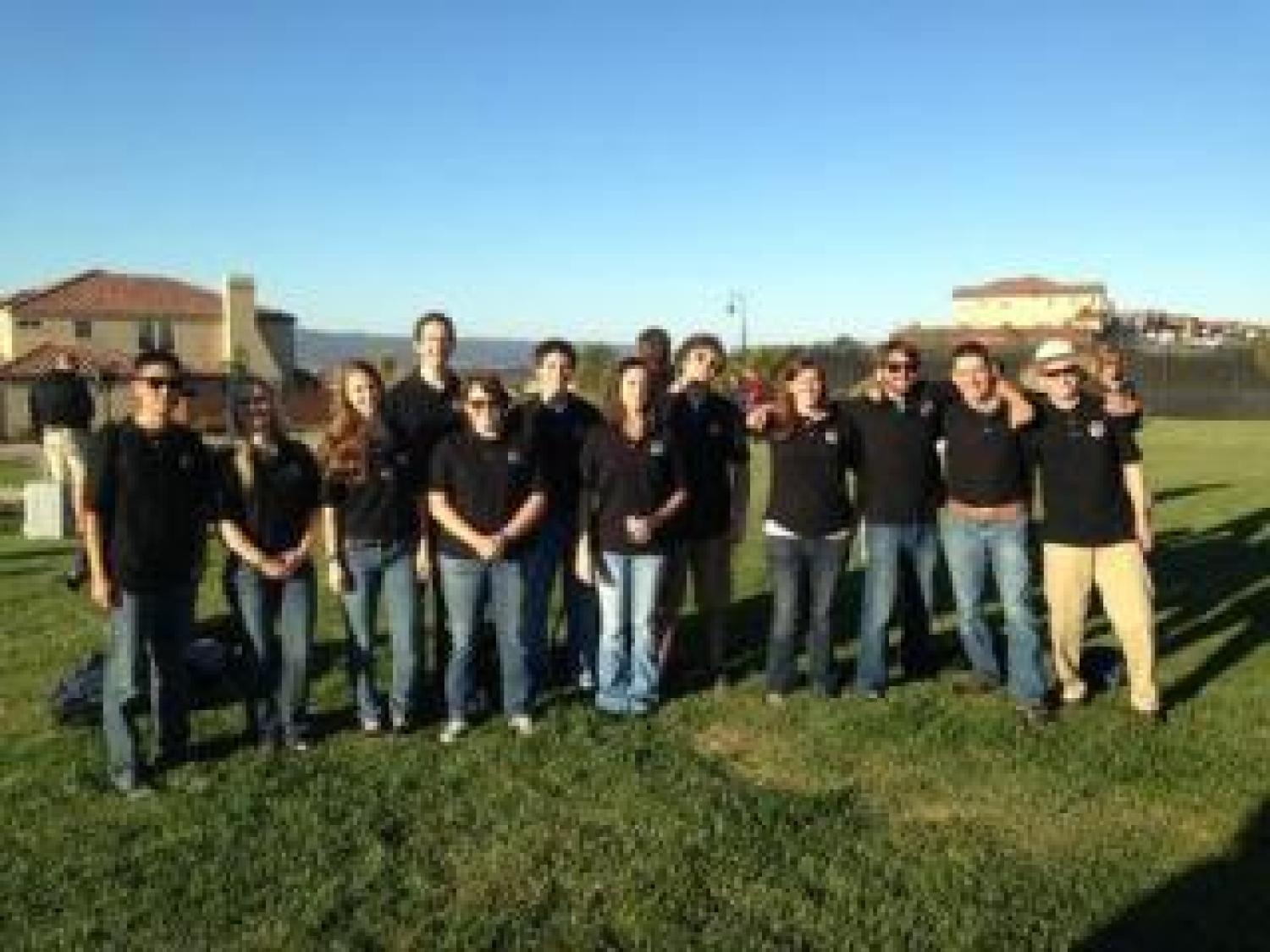Student-Built Satellite Launched

A small satellite designed and built by a team of University of Colorado Boulder students to better understand how atmospheric drag can affect satellite orbits was successfully launched from Vandenberg Air Force Base in California Sunday morning.
The satellite, known as the Drag and Atmospheric Neutral Density Explorer satellite, or DANDE, will investigate how a layer of Earth’s atmosphere known as the thermosphere varies in density at altitudes from about 200 to 300 miles above Earth. The commercial Falcon-9 SpaceX rocket lifted off the launch pad at about 10 a.m. MDT carrying DANDE, a small beach ball-sized satellite developed over a period of about six years by roughly 150 students, primarily undergraduates, as part of the Colorado Space Grant Consortium, or COSGS.
"Being an astronomy major, I never believed there would come the opportunity to be on a satellite team, “ said Miranda Link, one of two project manager co-leaders on the DANDE project and who is a senior at CU-Boulder. “And even then I never dreamed of a management role. Who would have thought I would see a rocket launch too? What an amazing journey!”
- See more at CU Boulder Today.

